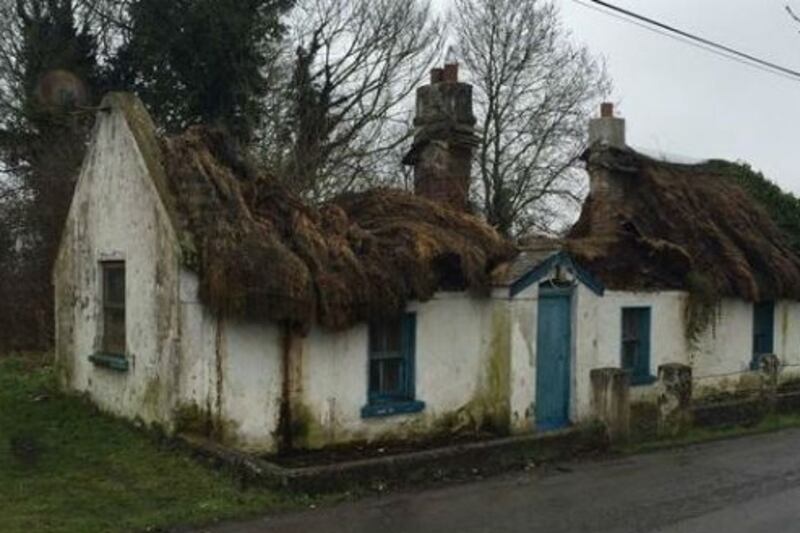Summer is a sleepy sort of season in the world of fine art. Many people in the business are engaged in the work of gathering together the material for auctions which will take place in the autumn. It’s a vital part of the process – everybody knows that – but still, we all miss the excitement of big art sales.
So when a slim, beautifully produced volume packed with glorious paintings drops through the letterbox out of the blue, it’s something to cheer about.
Is it a book? Is it a catalogue? In a way, it’s both. The brainchild of Ian Whyte of Whyte’s, it has been sent to clients, he explains in an introductory note, as “a celebration of some of the masterpieces we have had the privilege of selling in recent years”.
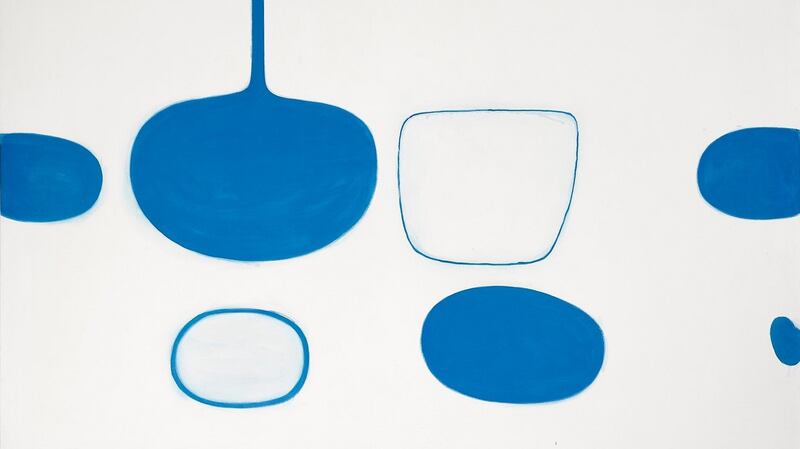
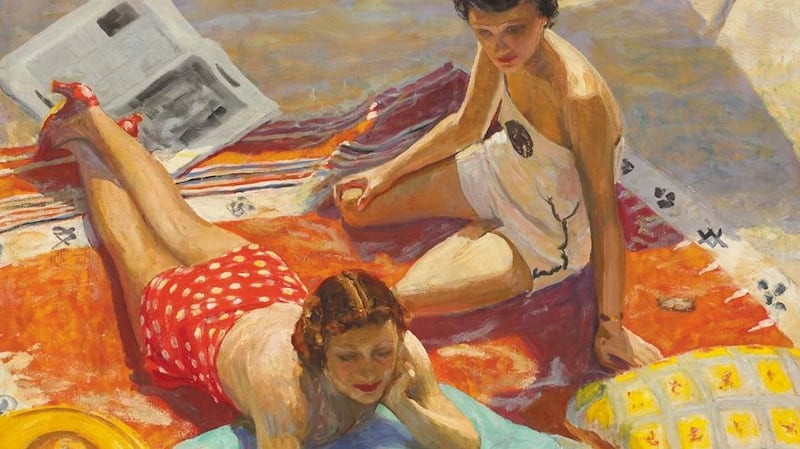
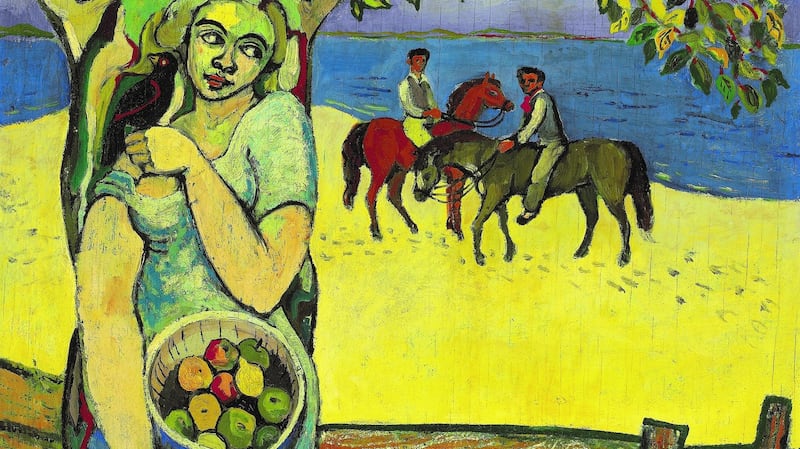
For Whyte himself, the publication also marks 50 years in the collectibles business and more than 40 on the rostrum.
“As a collector myself I am often tempted to bid at my own auctions, but one cannot be a gamekeeper and a poacher at the same time,” he writes. “What is in this catalogue is what I would love to have acquired – Whyte’s Wishlist, if you will . . .”
Included are works by Paul Henry, Sean Keating, William Conor, Percy French, Cecil Maguire, Francis Bacon, Harry Kernoff, Harry Clarke, Tony O’Malley, Nano Reid, Mary Swanzy, Roderic O’Conor, Patrick Hennessy, Robert Ballagh and Jack B Yeats. Once started, it’s hard to put a full stop on a list like that. How did he go about choosing 50-odd artworks from among thousands?
"It was difficult," he says. "But some paintings do stick in your head. Talking to you, there's a Dan O'Neill painting which I can see in my mind's eye – the woman with the cat. Or the Gerard Dillon of the girl hiding behind the tree. We found that in America and brought it back. Louis le Brocquy's A Family, 1951, of which there's a larger version in the National Gallery. The William Scott which we sold last year – that's something I'd love to own."
Styles and moods
The paintings on Whyte's wishlist aren't necessarily the most expensive ever sold, although Scott's Blue Still Life made €450,000 when it was auctioned in May 2017. But they display a wide range of styles and moods, from Jack B Yeats's achingly sad The Comforter to Sir John Lavery's Sunbathers, which oozes with the glamour of pre-war America. There are landscapes, abstracts and portraits as well as sculptures by John Behan and Edward Delaney, and two ceramic works by Dame Lucie Rie.

"There's a Sean Scully, Curacao – it's only 18 by 15, which is very small," says Whyte. "I remember holding that in my hand, and the amount of paint that was on it really impressed me – it was almost a sculpture in paint. The Leo Whelan self-portrait is a fabulous picture. I love pictures of artists in their studios, and it's exceptionally well done. Whoever owns that has a wonderful picture, and I dare say it's worth a bit more now than it was in 2012. There were some bargains to be had during the worst of the recession."
Sale date, lot number and hammer price is listed alongside each work in the catalogue. A brave move, given that the selection crosses the great divide – the boom years followed by those of recession. But, says Whyte, this isn’t the only pattern he has observed in recent years.
Appreciation
“Over the last 20 years we’ve come to an appreciation of the visual arts which mightn’t have been there before,” he says. “There’s a big increase in the numbers of people visiting galleries around the country – and it’s not just tourists, it’s us. Also, more and more Irish people are travelling to museums and galleries around the world, some of them with hit lists of work they want to see. The media also play a role. There are so many television programmes about the history of art.
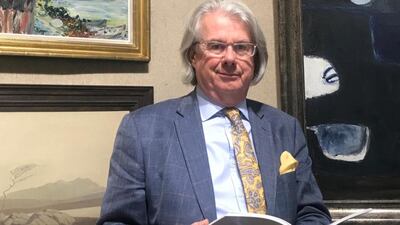
“And then, appreciation follows through in that once people see art, they want to own art. Whether they have a few hundred or a few hundred thousand to spend, people are buying art – and that’s good to see. We’ve got a great crop of young collectors coming through, and that’s good to see as well.”

